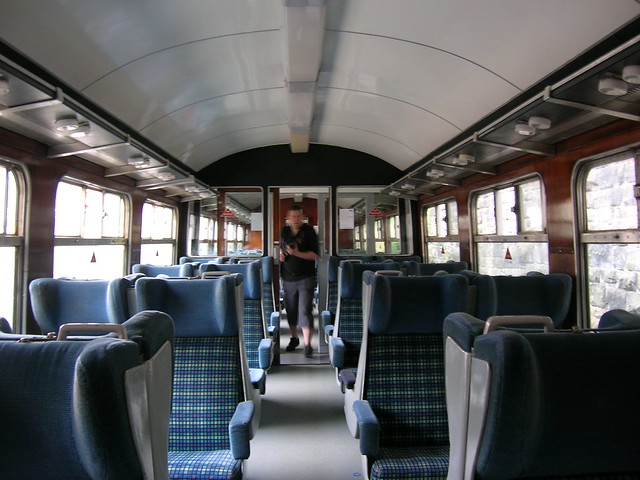I have no views on the trains themselves as I have never yet had the misfortune to use one as a passenger (although I have been in a few cabs). That they have hard seats, bright lighting and a poor match-up between windows and seats (not that the majority of passengers seem to care so much given that they barely look up from their mobile phone screens anyway) should hardly be a surprise, as in these regards it merely follows existing trends.
But to come back to the question actually posed, do I think that the IEP Programme has been a success? Well that depends on how you frame the criteria for success. It's a new train, which has been proven in the past to be popular with passengers, increases capacity on the routes over which it is being used and arguably is faster than the stock it replaces. In those regards I suppose it is a success. But is it a train for the future which will see us through the next 30-40 years? No, I don't believe so. At least not in it's current form.
I'll admit that this may be off-topic and that the issues I'm about to identify are not the fault of the Hitachi IET in it's many forms, but the very fact that we need to have a train like this for the UK network is symptomatic of the failings of the network and of the Governments of varying hue that have been in charge of it. I've long criticised bi-mode operation and the need to have bi-mode trains at all when we should have been getting on with electrification. The fact that we seem to need bi-mode at all just signals how badly we have done at addressing the future of our network and our rolling stock utilisation. I see how it can be used to reduce the instances of diesel running under the wires, and I do understand that.
But I am not sold on the idea that these trains are a useful stepping-stone for electrification. Back in March 2011 I predicted that bi-mode would remove the imperative to electrify further, and it seems that this has been borne out. Taken together this does nothing to help move the railways away from it's reliance on fossil fuels, something that is going to continue until at least the middle of the current century. Diesel will always have it's place, but not on long distance high capacity services like those that the Cl80X is being used for.
So do I think that the IEP Program has been a success? Yes, in that it seems like an adequate replacement for the HST, IC225 and other trains that it directly supersedes. But no, because I do not believe that it is the right train for the future.



